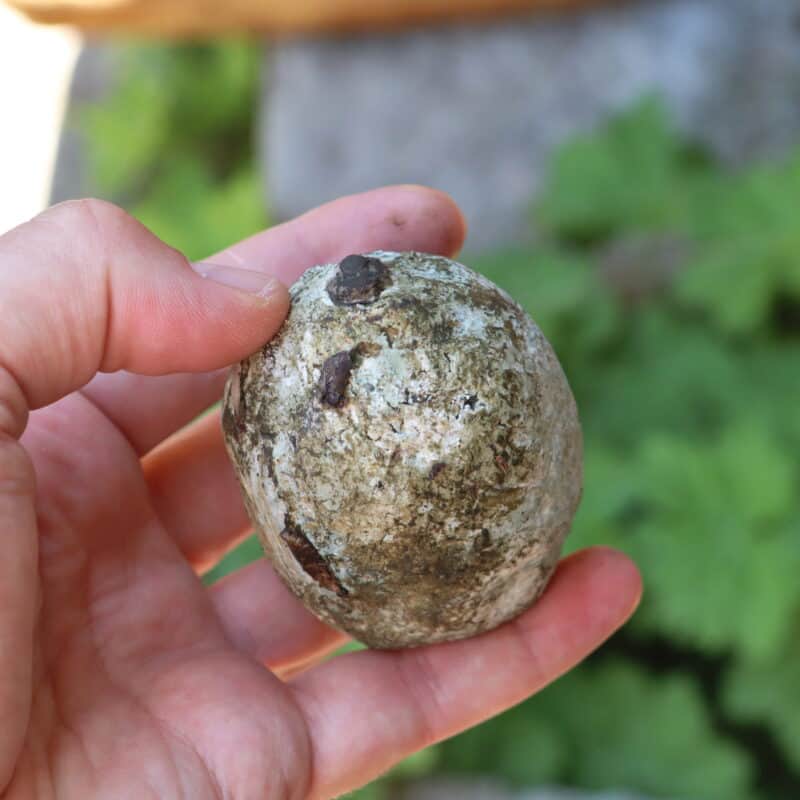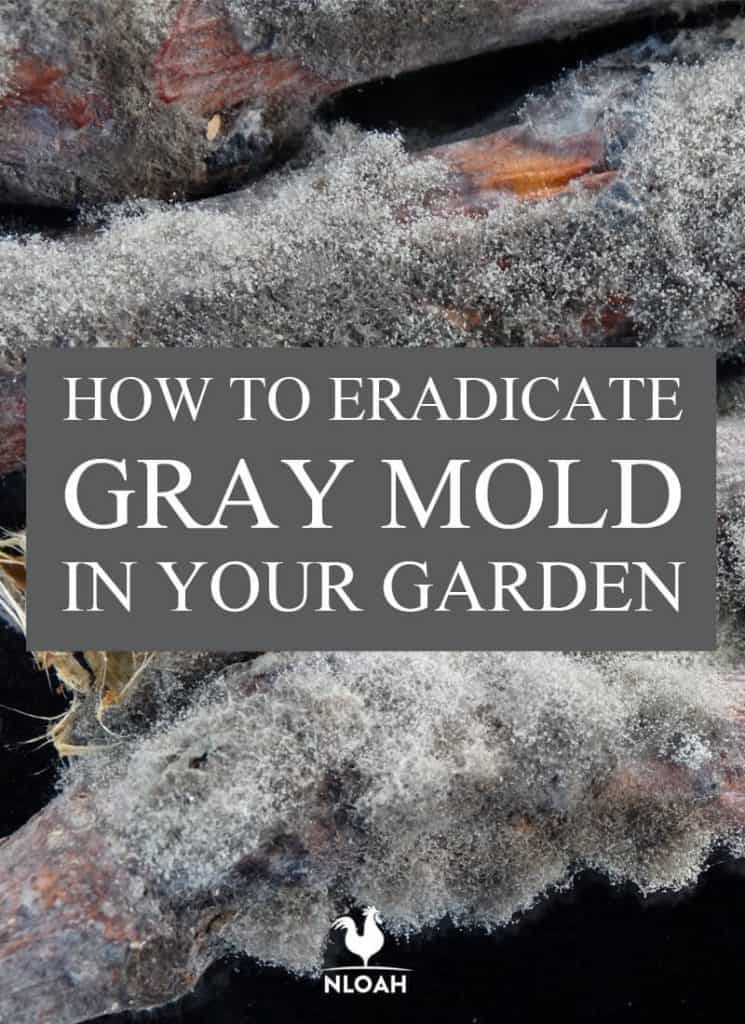Gray mold (Botrytis cinerea) is a highly destructive and common disease that can affect nearly any plant. This type of mold is most prevalent among plants being cultivated in raised beds.
Plant afflicted with gray mold are almost always damaged to the point of no return if the disease is not both spotted and treated rapidly. Gray mold spreads extensively not only all over the entire host plant, but to nearby ones as well.

The primary cause of gray mold is moisture. The more wet the environment the plants are exposed to, the ore susceptible they are to this ravaging form of old.
A plant with wounds created due to pruning, wind damage, or insect infestations is far more likely to contract gray mold when also exposed to excessive moisture.
Gray Mold Identification and Facts
- When gray mold attacks a fruit-producing tree or plant, the produce it is growing with first shrivel up and then then rots. Once the fruit shrivels up, it will turn black either as it rots, or after.
- A gray hue starts to form on fruits, flowers, leaves, and stems. The area beneath the gray coloring will develop a mushy texture.
- Gray mold is generally first found on the soil surface and in dense canopy areas of the growing area.
- Black areas that will form beneath the gray areas on plants. The blackened portions of the plant cover a hard mash underneath the mushy part.
- Once a plant has become infected with gray mold, the spores will multiply quickly when exposed to a high humidity environment.
- Diligently inspect wilting leaves on plants for signs of gray mold.
- Not only will gray mold grow on crops, it can also thrive in areas where fruit and vegetable produce is stored.
- Botrytis blight – or gray mold can winter over in the soil as a sclerotia fungus. The clearly visible spores on the soil will become active when the weather warms (45F to 60F (7C to 16C) is prime growth temperature), allowing them to be spread expansively by wind, rain, or watering. If the humidity level is 93% or higher, the chances of active spores vastly increases.

How to Prevent and Treat Gray Mold
- Prune and stake plants to ensure there is a proper amount of space between them to allow adequate air circulation, and to deter easy transfer from nearby infected plants.
- Thoroughly disinfect all pruning and gardening tools as well as produce storage bins, water each use.
- When growing crops in a greenhouse or starting them indoors, run a fan to enhance air flow.
- Gather and the remove garden debris on a regular basis. Keep the grass cut low around the border of the growing area.
- Placing composting matter or quality mulch beneath the plant before placing them in the garden or raised bed deter gray mold spores on the surface of the soil from reaching your growing plants.
- Do not use a watering can or tall automatic sprinklers to water the gardening areas. Instead, use a soaker or drip hose that places water at the base of the plant. This method of water vastly decreases the spread of gray mold spores possibly growing on the upper proton of the plant.
- Use soap fungicides or copper agriculture powder to protect and treat crops.
- To help prevent and control the spread of gray mold, squirt the plants with a neem oil spray weekly.
Gray mold becomes particularly problematic during late spring, when the temperature increases substantially but frequent rain is still common. The combination of warm weather and moisture makes your garden a hotbed for this type of harvest killing mold.
Frequent and thorough inspection of the entire plant, including the underside of leaves, is the best way to catch a gray mold infestation before it grabs the opportunity to spread up and down all of your garden rows.


Tara lives on a 56 acres farm in the Appalachian Mountains, where she faces homesteading and farming challenges every single day, raising chickens, goats, horses, and tons of vegetables. She’s an expert in all sorts of homesteading skills such as hide tanning, doll making, tree tapping, and many more.

I’ve been lucky enough to have never had to deal with grey mould, but I can imagine it’s a very frustrating problem! Any fast-spreading mould is difficult to bring under control and eradicate. It’s been raining for a few days where I am so it’s made me wonder if i’ll have any mould problems to deal with.
Thanks for sharing your tips Tara! Have you ever had a mould outbreak? Or have you been lucky enough to avoid one?